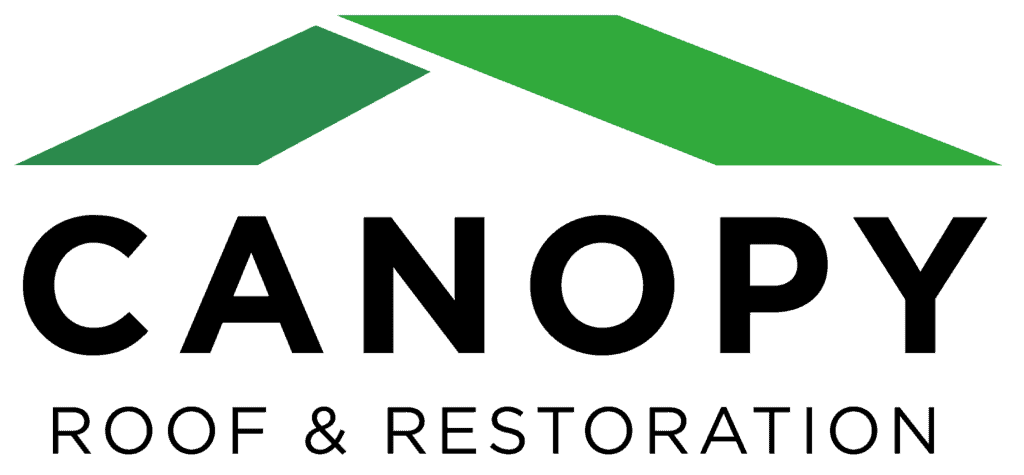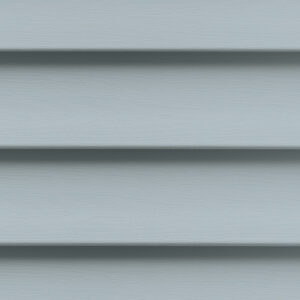As an energy-efficient replacement for traditional roofing materials, solar reflective roof shingles are available. Reflective shingles, according to Energy.gov, can reduce a building’s interior temperature by 50°F, saving you money on your yearly energy bills.
Their reflecting quality, also known as cool roofs, shields your property from damaging solar rays and creates a more comfortable environment. The best aspect is that they normally cost close to what regular shingles do, and there are many different types of shingles and color options to select from. Before installing a new roof or making upgrades to an existing one, preparation is vital.
How will these shingles work for your roof?
When the sun’s rays hit your roof, darker traditional roof shingles hold onto that solar energy in the form of heat. Solar energy, which is a combination of radiations, is what gives the sun its heat. Your home is exposed to infrared, visible, and ultraviolet radiation, which can be reflected back into the atmosphere. The sun may be reflected off the roof by lighter colors. White is frequently used and may reflect up to 90% of solar radiation. However, since roughly 50% of the radiation is invisible, color alone cannot block it.
The amount of invisible radiation that can be reflected by adding specialized pigments to the roofing material can reach 60%. Therefore, it’s crucial to consult a specialist on the ideal shingles for your home.
The quantity of solar radiation that is reflected by the roof is measured by solar reflectance (SR), while solar reflectance index (SRI) measures SR while also accounting for the thermal emittance of heat from the house.
The three key factors that affect a roof’s capacity to shield your house from the sun are:
The amount of heat that your roof collects and transmits into the house is known as absorption.
The amount of radiation that reflects off the roof and enters the atmosphere.
Emittance: The volume of heat that the roof emits from the house.
The numerical range for solar reflectance ranges from 0.0 to 1.0, where 1.0 corresponds to 100% reflection and 0% heat absorption. A 1.0 on the emittance scale means that there is no heat transmission into the house.
Some reflective roof shingles advantages
Reflective shingles benefit the homeowner as well as the environment, your city, and your community. How is that even possible? The Heat Island Effect is one factor. Many dwellings, concrete structures, and other structures that use solar energy can be found in urban settings. The community as a whole becomes warmer overall as this energy is stored. This Effect results in a growth in the infrastructure of the entire city in larger cities with several metropolitan districts.
benefits for homeowners include:
- lower energy expenditures as a result of less cooling needs
- extending the life of your air conditioner
- increased levels of comfort inside the house
- Lower roof temperatures may lengthen the life of the roof and lower maintenance expenditures.
- Depending on your area and the available rebates, there may be utility rebates.
Even though it takes more than one house to reduce the Heat Island Effect, switching to a cool roof has numerous advantages for your neighborhood. Some of them consist of:
- bringing down the temperature in the region around you and your neighborhood
- lowering of air contaminants, which are more mobile at higher temperatures
- reduction of power outages by assisting in lowering the demand for electricity, particularly on extremely hot days, which in turn lowers emissions from power plants, which lowers community-wide temperatures
Light Reflective Roof Shingle Types
You can still get the patterns and colors you desire with the majority of shingle types by choosing the cool choice, which has the added benefit of making your home cooler and more affordable. When selecting your shingles, consider these possibilities.
Asphalt Roof Shingles
The fiberglass webbing that surrounds asphalt shingles is present. Choose a light-colored shingle or, for a darker shade, sprinkle granules on the shingles’ surface. These granules will absorb the heat and improve the roof’s overall ability to reflect light. The granules shouldn’t be added to already installed shingles. Consider installing new shingles to get the best results as this could lead to moisture problems or violate your present warranty.
Wood Shake Roof Shingles
You are in luck if you possess wooden shingles. As long as the roof has been properly maintained and there is no damage, their hue is typically already ideal for cooling your home.
Metal Roofs
Metal shingles or tiles would seem to be ideal for reflecting heat, and you would be correct, but they are poor thermal emitters. They can be coated with reflective material, although it isn’t the ideal solution. The paint on metal shingles that has been baked into them is far more effective in blocking solar rays.
Concrete Roofs
These are situated in the same location as metal shingles and contribute to the Heat Island Effect. It is advisable to replace them with shingles that have a factory-injected pigment rather than applying paint or granules.
Polymer Roof Shingles
Your roof can easily cool off using polymer shingles. Just be sure that the roofer adds cool-colored pigments to the shingles prior to installation.





